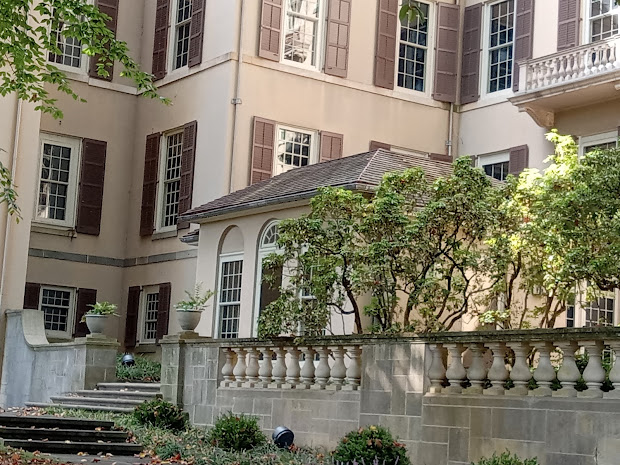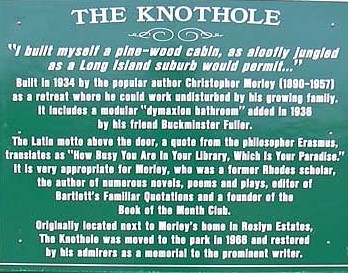 |
| The difference between the plan in design for pedestrians to use a paved path and what people do in real -- cut corners by walking through the grass |
When I planned to write this post I was just going to feature a joke. But it became slightly more complicated as a result of my search for a written account of it.
Some background first: I've been reading Steve Krug's Don't Make Me Think, which actually did make me think quite a lot about usability and the kind of planning and testing that has to go into design built for the user experience (UX).
Remember the joke about the parrot?
I then remembered a joke about a man who sends his mother an impressive bird as a gift. She mistakes his intent and cooks it. In the bare bones account, you can see that it's a simple misunderstanding.
But the fuller version highlights the way the giver has a lot more information than the receiver that is not conveyed by the presentation alone. In other words, this is the perfect illustration of the disconnect between the designer and the intended user of the design.
I had recalled this joke as being of Jewish origin, and there are various sites that corroborate that, including stljewishlight and Aish. The latter version is the one that Snopes opens with -- though it deliberately removes the Jewish association of the joke (as the joke is very much a Jewish mother one in observing how difficult she is to please) by saying the parrot was taught to recite the Bible in a church.
We'll skip the cultural appropriation one and go to an older version of the joke in which the gift is for a wife rather than a mother. Snopes gives a real credit for that one to Bennett Cerf and the book Laughing Stock. New York: Grosset & Dunlap, 1945:A certain lady who lived on Park Avenue loved birds and her husband was rich enough to indulge her every whim. For a birthday present he found her a parrot that spoke eleven languages and that cost him exactly $100 for each language. When he got home, he said, "What d'ya think of that wonderful bird I sent you?
"It was elegant," she answered. "It's in the oven right now."
The husband's face turned purple. "In the oven? he shouted. "Why, that bird could speak eleven languages."
The wife asked, "Then why didn't it say something?"
The joke's on Snopes
I love the punchline here because it demonstrates that it's not the recipient's fault that she didn't grasp the intent of the gift. She sees a bird; she thinks dinner. She does not think novelty pet, and the only way to make her think that way it to make it glaringly obvious that this is not an ordinary bird -- a failure of communication that doesn't account for user expectations.Other people are not in your own head, and it is your assumption that they'll know what you know and act accordingly that makes you the fool in the joke.














































